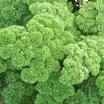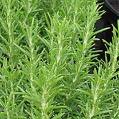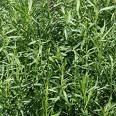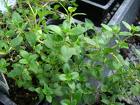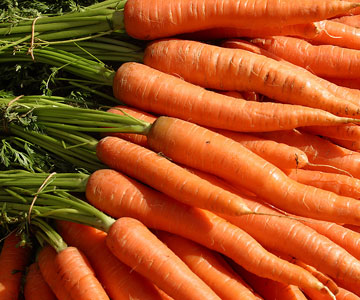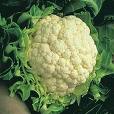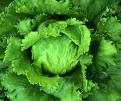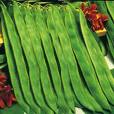Don’t let the name fool you, VegTrug’s are perfect for growing all of your favourite fruit. Fruits taste great individually, in a smoothie, even as a nice jam on your toast. Fruits are the ultimate brain fuel, making your brains recall information faster. Which is great for remembering your grandma’s apple pie recipe!
 |
 |
Good source of Vitamin E, which helps your body’s defences. Blackberries will grow in most types of soil with minimal fuss.
In early spring (around March), use fertiliser to aid growth and water well. From around August, Blackberries will be ready for picking. |
 |
 |
Blueberries are a natural superfood! Blueberries are proven to increase general health of the body, heart and mind. Blueberries are great in Ice Cream, Smoothies and they can be easily frozen or eaten straight from your own VegTrug! They also go well with other fruit such as apples, bananas, raspberries and strawberries.
It is advisable to plant two different varieties of blueberries to ensure cross-pollination and to maximise blueberry production. They need to be grown in acidic (ericaceous) soil and require full sun or light shade. Blueberry bushes come in evergreen and deciduous varieties and can grow up to 1.5m high. |
 |
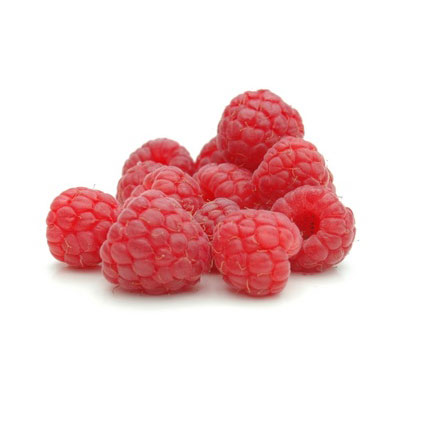 |
Raspberries contain high quantities of potassium, Vitamin A and Calcium. They are also one of the best natural antioxidants, which helps repair your body’s cells and helps to prevent diseases.
When planting raspberries in your VegTrug use a single bamboo cane, plant two raspberry canes at the base and secure. The majority of raspberries are harvested between early and late summer. Raspberries can be demanding! So make sure you feed well in the Spring and keep well watered during the summer. |
 |
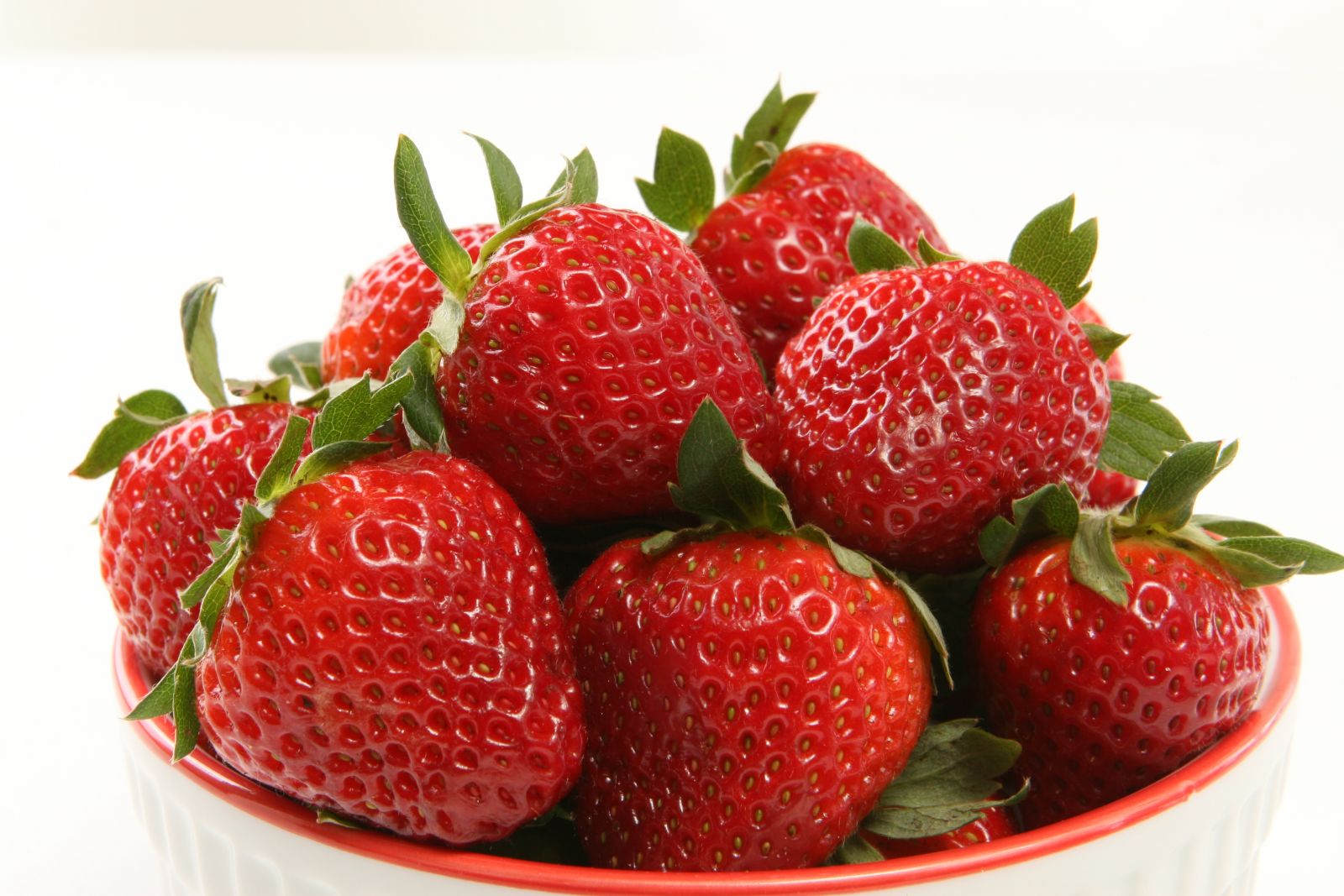 |
Strawberries are excellent sources of Vitamin C and if you grow different strains, they will produce fruit all summer.
Put the small plants in during August and set them 30cm apart along the back or front of the VegTrug. This is the shallowest part of the VegTrug and they shouldn’t be planted too deep as the roots are shallow.
Weed the bed around the plants often and mulch heavily with peat. If you do not have peat available, you can put straw below the plants to keep the strawberries clean. Strawberries can be left to fruit for 3 years and then they should be scalped. Establish a new bed every year for a constant supply. |
 |
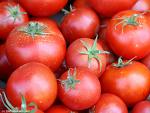 |
Plant seedling tomato plants in the VegTrug in the first warm weather of summer. Plant carefully, retaining as much compost on the roots as you can. Give each plant a tall stake as it grows taller and heavier.
You can cover the soil with clean straw to protect the fruits and pick out any side shoots as they grow. Pamper your tomatoes and water them whenever needed. A good idea is also to soak some muck in a bucket of water and then water the tomatoes with this. In this way, you are fertilising as you water them.
As the plants grow taller, tie them to the stake with raffia or string. In dull climates you can ripen the tomatoes by laying them down flat on clean straw covering them with a cloth. They should be ready for harvest by August and through September.
Tomatoes grown in the VegTrug will be noticeably better than those bought in the supermarket which are often grown for a long shelf life rather than for flavour. |





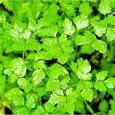



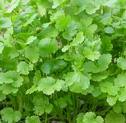

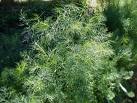



.jpeg)



